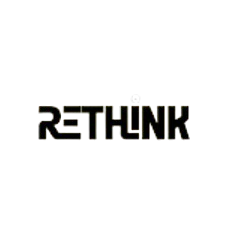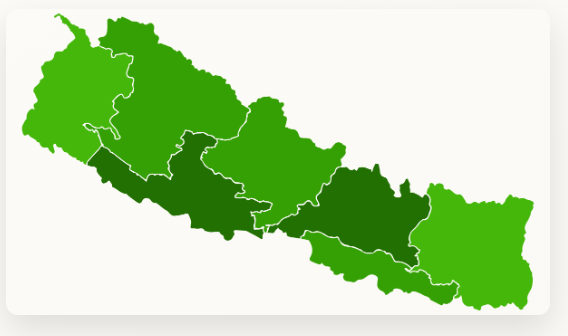A blog (a truncation of “weblog“)[1] is an informational website consisting of discrete, often informal diary-style text entries also known as posts. Posts are typically displayed in reverse chronological order so that the most recent post appears first, at the top of the web page. In the 2000s, blogs were often the work of a single individual, occasionally of a small group, and often covered a single subject or topic. In the 2010s, multi-author blogs (MABs) emerged, featuring the writing of multiple authors and sometimes professionally edited. MABs from newspapers, other media outlets, universities, think tanks, advocacy groups, and similar institutions account for an increasing quantity of blog traffic. The rise of Twitter and other “microblogging” systems helps integrate MABs and single-author blogs into the news media. Blog can also be used as a verb, meaning to maintain or add content to a blog.
The emergence and growth of blogs in the late 1990s coincided with the advent of web publishing tools that facilitated the posting of content by non-technical users who did not have much experience with HTML or computer programming. Previously, knowledge of such technologies as HTML and File Transfer Protocol had been required to publish content on the Web, and early Web users therefore tended to be hackers and computer enthusiasts. As of the 2010s, the majority are interactive Web 2.0 websites, allowing visitors to leave online comments, and it is this interactivity that distinguishes them from other static websites.[2] In that sense, blogging can be seen as a form of social networking service. Indeed, bloggers not only produce content to post on their blogs but also often build social relations with their readers and other bloggers.[3] Blog owners or authors often moderate and filter online comments to remove hate speech or other offensive content. There are also high-readership blogs which do not allow comments.
Many blogs provide commentary on a particular subject or topic, ranging from philosophy, religion, and arts to science, politics, and sports. Others function as more personal online diaries or online brand advertising of a particular individual or company. A typical blog combines text, digital images, and links to other blogs, web pages, and other media related to its topic. Most blogs are primarily textual, although some focus on art (art blogs), photographs (photoblogs), videos (video blogs or vlogs), music (MP3 blogs), and audio (podcasts). In education, blogs can be used as instructional resources; these are referred to as edublogs. Microblogging is another type of blogging, featuring very short posts.
Blog and blogging are now loosely used for content creation and sharing on social media, especially when the content is long-form and one creates and shares content on a regular basis, so one could be maintaining a blog on Facebook or blogging on Instagram. A 2022 estimate suggested that there were over 600 million public blogs out of more than 1.9 billion websites.[4]
History
Main articles: History of blogging and online diary

The term “weblog” was coined by Jorn Barger[5] on December 17, 1997. The short form “blog” was coined by Peter Merholz, who jokingly broke the word weblog into the phrase we blog in the sidebar of his blog Peterme.com in May 1999.[6][7][8] Shortly thereafter, Evan Williams at Pyra Labs used “blog” as both a noun and verb (“to blog”, meaning “to edit one’s weblog or to post to one’s weblog”) and devised the term “blogger” in connection with Pyra Labs’ Blogger product, leading to the popularization of the terms.[9]
Origins
Before blogging became popular, digital communities took many forms, including Usenet, commercial online services such as GEnie, Byte Information Exchange (BIX) and the early CompuServe, e-mail lists,[10] and bulletin board systems (BBS). In the 1990s, Internet forum software created running conversations with “threads”. Threads are topical connections between messages on a virtual “corkboard“.[further explanation needed]
Berners-Lee also created what is considered by Encyclopedia Britannica to be “the first ‘blog'” in 1992 to discuss the progress made on creating the World Wide Web and software used for it.[11]
From June 14, 1993, Mosaic Communications Corporation maintained their “What’s New”[12] list of new websites, updated daily and archived monthly. The page was accessible by a special “What’s New” button in the Mosaic web browser.
In November 1993 Ranjit Bhatnagar started writing about interesting sites, pages and discussion groups he found on the internet, as well as some personal information, on his website Moonmilk, arranging them chronologically in a special section called Ranjit’s HTTP Playground.[13] Other early pioneers of blogging, such as Justin Hall, credit him with being an inspiration.[14]
The earliest instance of a commercial blog was on the first business to consumer Web site created in 1995 by Ty, Inc., which featured a blog in a section called “Online Diary”. The entries were maintained by featured Beanie Babies that were voted for monthly by Web site visitors.[15]
The modern blog evolved from the online diary where people would keep a running account of the events in their personal lives. Most such writers called themselves diarists, journalists, or journalers. Justin Hall, who began personal blogging in 1994 while a student at Swarthmore College, is generally recognized as


